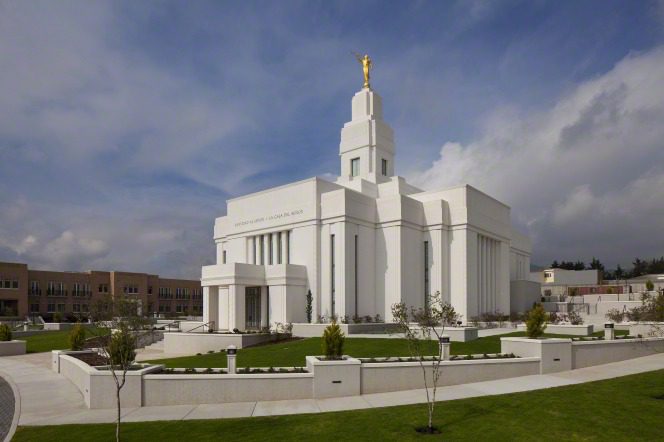
It’s a big book, and so I’m working very methodically through John W . Welch, et al., eds., Knowing Why: 137 Evidences That the Book of Mormon Is True (American Fork: Covenant Communications, 2017). Here are some further notes:
“Why Did Nephi Use Isaiah 29 as Part of His Own Prophecy? (126-127)
According to Robert Cloward, Isaiah 29 is perhaps the most cited chapter of Isaiah in Latter-day Saint doctrinal and devotional writings. The Lord himself set the precedent in the spring of 1820 by paraphrasing Isaiah 29:13 while addressing the fourteen-year-old Joseph Smith in the First Vision. (See Joseph Smith-History 1:19.)
But Isaiah 29 permeates Nephi’s writings throughout, and particularly at 2 Nephi 25-20. Curiously, though, Nephi — who obviously has no problem at all citing Isaiah and saying that that’s what he’s doing — never directly quotes Isaiah 29. Instead, he incorporates its language into his own prophecy. He makes it his own. He “likens” it unto himself and his own circumstances.
Whereas, for example, Isaiah’s “sealed book” is almost certainly symbolic, Nephi uses the phrase to refer to a literal book that is literally sealed. This suggests, among other interesting things, that it was Nephi’s prophecy of a sealed book, not Isaiah’s, that was fulfilled in the story of Martin Harris’s visit to Professor Charles Anthon.
“Why Would a Book Be Sealed?” (128-129)
Research by Jack Welch suggests that the Book of Mormon plates may find parallels, as a “sealed book,” among ancient legal documents — and, by extension, among ancient documents recording covenants — where a text was written twice. The first was publicly available, while the second, the copy, was sealed, so that, should the need arise, it might be opened to confirm that the first text had not been tampered with or altered.
Under ancient Israelite law, two or three witnesses would be summoned to confirm the truthfulness and authenticity of a finished document. In the case of the Book of Mormon, Moroni had no other witnesses available to him. Thus, the Father, the Son, and the Holy Ghost serve that role at Moroni 10:4-5.
“Who Are the ‘Few’ Who Were Permitted to See the Plates?” (130-131)
At 2 Nephi 27:12, Nephi prophesied that “three witnesses shall behold [the plates of the Book of Mormon], by the power of God . . . and they shall testify to the truth of the book and the things therein.” This prophecy was fulfilled by Oliver Cowdery, David Whitmer, and Martin Harris.
But, in 2 Nephi 27:13, Nephi also foresaw that there would be “a few” others who would see the plates. Joseph Smith may have taken that word few to mean eight, on the basis of 1 Peter 3:18-20, where the author speaks about “the days of Noah, while the ark was a preparing, wherein few, that is, eight souls were saved by water.”
“How Does the Devil Lead People Astray?” (132-133)
According to Miriam Horwinkle, 2 Nephi 28:3-30 identifies fully forty-eight ideological positions, attitudes, and tactics by which humans are deceived. Perhaps foremost among these is complacency — and the warning is very particularly against complacency within the Church.
***
Here are some fun items of Church news from various countries:
“Mormons Around the World Country Newsroom Websites January 31, 2018”
***
Another installment of the weekly Interpreter radio program will be broadcast on Sunday night at 7 PM, Utah time, on K-Talk (1640 AM). You can also listen to it online, via the K-Talk website.
***
In the meantime, in case you missed them, the 28 January 2018 and 4 February 2018 Interpreter radio broadcasts are now available for listening on the Interpreter Foundation website.












